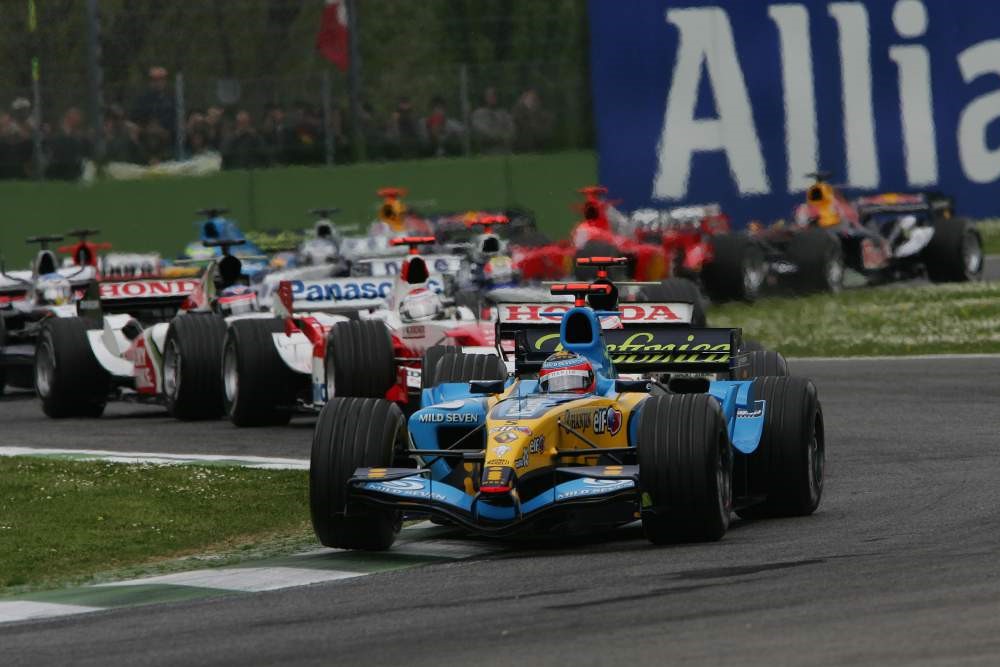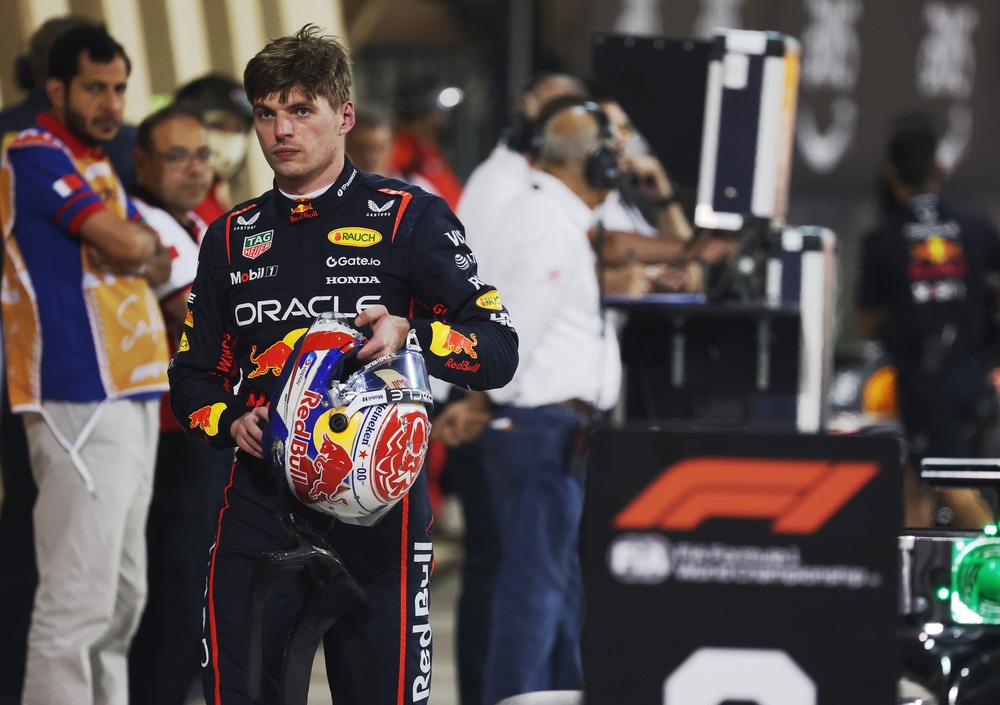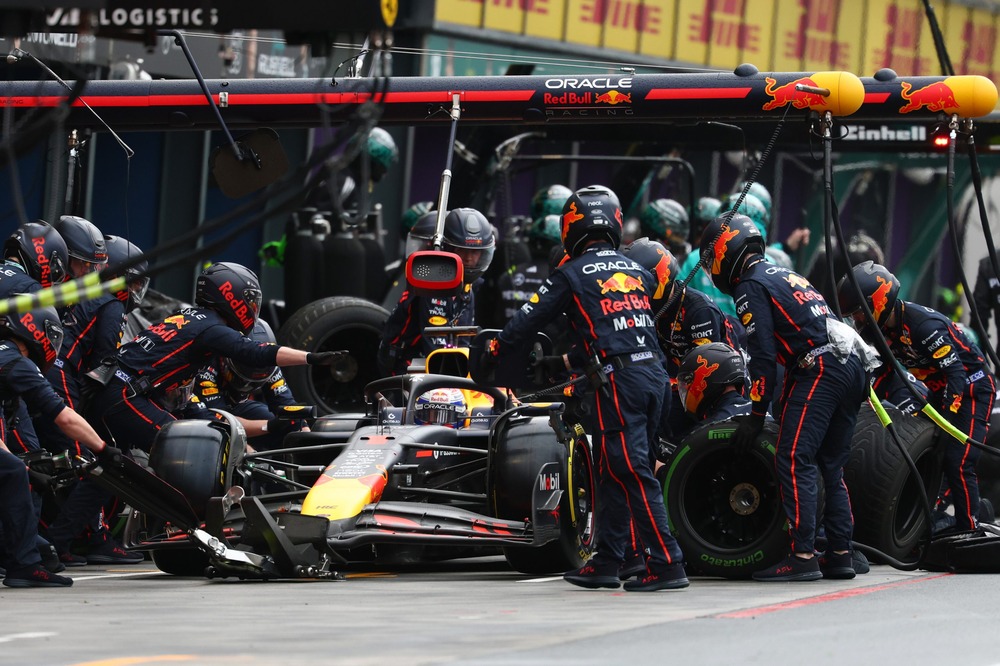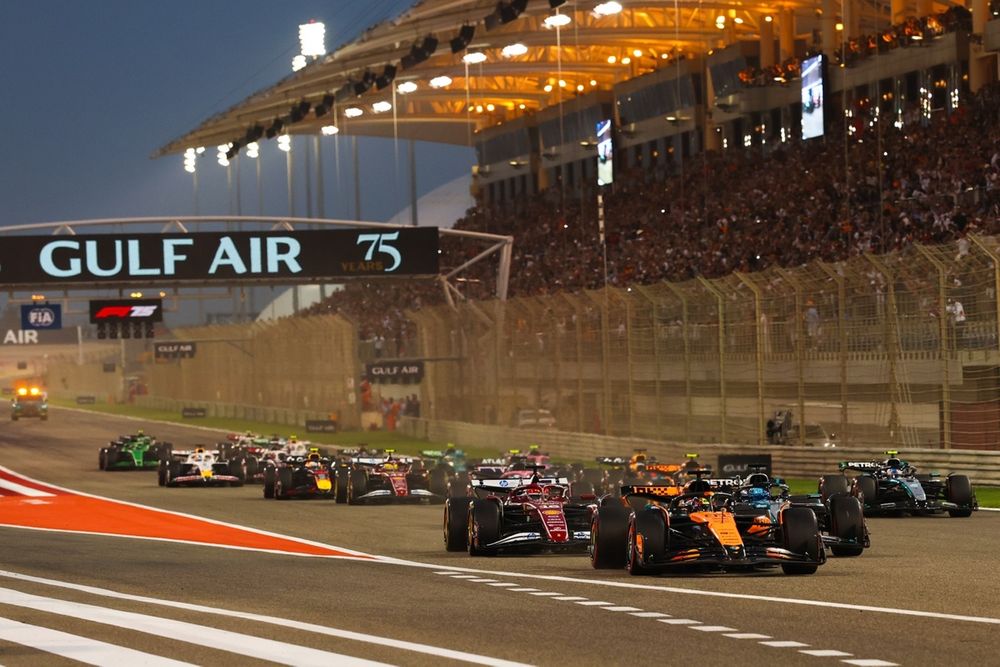FIA President Mohammed Ben Sulayem has hinted the potential return of V10 F1 engines to the sport.
In a social media post reflecting on the successful F1 75 launch event in London, Ben Sulayem hinted at exploring a range of future directions for Formula 1, including the possibility of reintroducing the iconic V10 F1 engines—this time powered by sustainable fuels.
While still in the realm of speculation, this idea has reignited nostalgia among fans and sparked debates about the future of F1’s power units.
The V10 F1 engine era, which spanned from 1988 to 2005, is often regarded as a golden age in Formula 1 history. These engines were renowned for their high-revving performance and unmistakable roar, which created an electrifying atmosphere at racetracks around the world.
From legendary drivers like Michael Schumacher to iconic teams such as Ferrari and McLaren, the V10 era produced some of the most memorable moments in motorsport history.
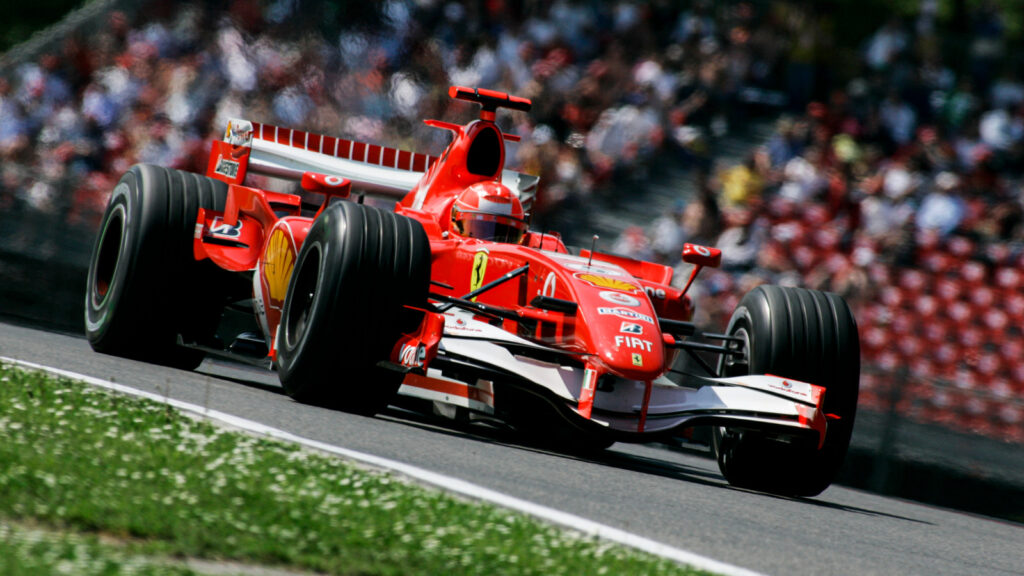
However, as global trends shifted toward sustainability and efficiency Formula 1 transitioned to smaller, quieter power units, first with V8s and later with hybrid V6 engines that dominate the grid today.
The move away from V10 F1 engines was driven by a combination of environmental concerns and technological advancements.
The introduction of hybrid power units in 2014 marked a significant step toward aligning Formula 1 with road car technology, as manufacturers sought to develop more fuel-efficient and environmentally friendly solutions.
The hybrid systems combine an internal combustion engine with an electric motor, allowing for energy recovery and greater efficiency.
While this shift has helped F1 remain relevant in an increasingly eco-conscious world, it has also drawn criticism from fans who miss the visceral thrill of the sport’s earlier eras.
Ben Sulayem’s proposal to bring back V10 F1 engines powered by sustainable fuels seeks to bridge this gap between tradition and innovation.
By utilizing synthetic or biofuels, these engines could potentially deliver the same exhilarating performance and sound as their predecessors while meeting modern environmental standards.
This approach aligns with Formula 1’s broader commitment to achieving carbon neutrality by 2030, a goal that includes transitioning to fully sustainable fuels by 2026.
The idea of reintroducing V10 engines has garnered support from fans and several industry insiders. Red Bull team principal Christian Horner has previously expressed hope for a return to naturally aspirated engines like the V8s or V10s, citing advancements in sustainable fuel technology as a potential enabler.
Similarly, Ben Sulayem’s comments suggest that the FIA is open to exploring multiple pathways for F1’s future power units, provided they align with cost control measures and sustainability goals.
Challenges to V10 F1 engine return
However, significant challenges remain before such a vision can become reality. The current hybrid era has seen substantial investments from manufacturers in developing complex power units that combine internal combustion engines with electric components like MGU-K and MGU-H systems.
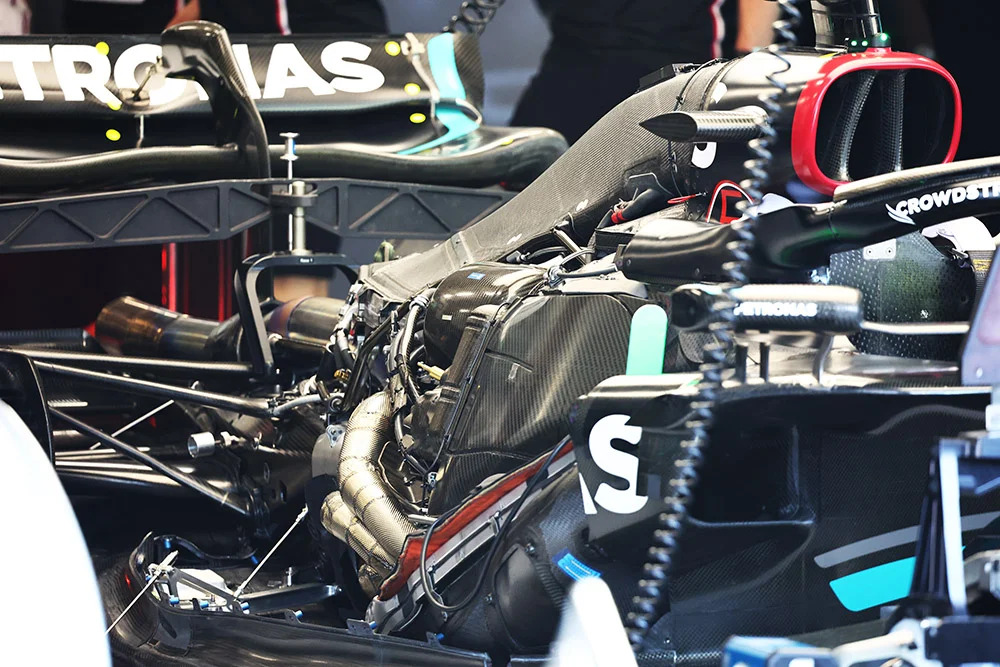
Transitioning back to V10 F1 engines would require not only major regulatory changes but also considerable financial commitments from teams and engine suppliers.
Additionally, some stakeholders within the sport have voiced reservations about abandoning hybrid technology, which they view as essential for maintaining relevance in an automotive industry increasingly focused on electrification.
The upcoming 2026 F1 engine regulations represent a critical juncture for Formula 1 as it seeks to balance performance, sustainability, and cost-effectiveness. The new rules are expected to feature a greater emphasis on electric components while retaining internal combustion engines powered by sustainable fuels.
Early simulations of the next-generation power units initially raised concerns about energy depletion and performance limitations. However, subsequent refinements have alleviated many of these fears, with teams now optimistic about achieving over 1,000 horsepower through a combination of combustion and battery energy.
While the specifics of the 2026 F1 regulations are still being finalized, they highlight Formula 1’s commitment to innovation and adaptability.
Whether the new era will include a return to V10 F1 engines remains uncertain, but Ben Sulayem’s remarks have undoubtedly reignited interest in exploring alternative approaches to power unit design.
For many fans, the prospect of hearing the iconic roar of a V10 engine once again—albeit in a more sustainable form—is an enticing proposition that could bring new energy to the sport.

